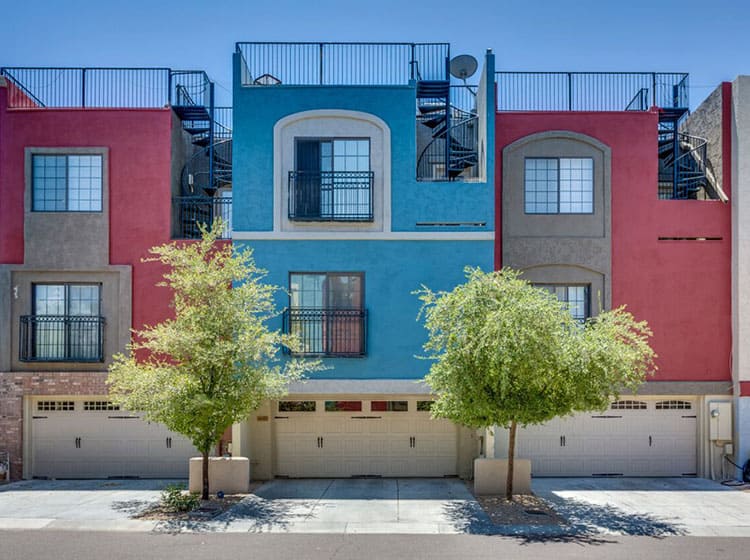Check Out The Duty Of Seasonal Factors In The Success Of Business External Painting And Uncover The Most Effective Times To Safeguard Enduring Outcomes For Your Job
Check Out The Duty Of Seasonal Factors In The Success Of Business External Painting And Uncover The Most Effective Times To Safeguard Enduring Outcomes For Your Job
Blog Article
Composed By-Aguilar Urquhart
When you're planning a commercial outside paint project, seasonal variables can make or break your outcomes. You'll wish to consider exactly how temperature level and humidity impact paint application and drying times. Selecting the best season can guarantee your paint sticks properly and lasts much longer. Yet which seasons are genuinely the best for this sort of work? Let's discover the key elements that can affect your task's success.
The Effect of Temperature on Paint Application
When you're intending an industrial exterior painting project, the temperature can dramatically impact exactly how well the paint adheres and dries out.
Ideally, you intend to paint when temperatures range between 50 ° F and 85 ° F. If it's too cool, the paint may not heal effectively, bring about issues like peeling or splitting.
On the other side, if it's too warm, the paint can dry too promptly, stopping correct attachment and resulting in an irregular finish.
You need to likewise think about the time of day; early morning or late afternoon supplies cooler temperature levels, which can be much more desirable.
Always examine the producer's recommendations for the details paint you're using, as they commonly provide support on the optimal temperature level range for ideal results.
Humidity and Its Impact on Drying Times
Temperature level isn't the only ecological variable that influences your industrial outside paint task; moisture plays a significant function too. tulsa paint can reduce drying times dramatically, influencing the overall quality of your paint task.
When the air is saturated with wetness, the paint takes longer to treat, which can lead to issues like inadequate adhesion and a higher threat of mold growth. If you're repainting on a particularly humid day, be gotten ready for extended delay times between coats.
It's crucial to check local weather conditions and strategy appropriately. Preferably, go for moisture degrees in between 40% and 70% for optimal drying out.
Keeping these factors in mind guarantees your task stays on track and supplies an enduring coating.
Best Seasons for Commercial Outside Paint Projects
What's the most effective season for your business outside painting projects?
Spring and early loss are usually your best choices. Throughout these periods, temperatures are light, and humidity degrees are frequently reduced, developing ideal conditions for paint application and drying.
Avoid summer season's intense heat, which can create paint to completely dry as well rapidly, resulting in bad attachment and finish. Similarly, winter season's cool temperatures can impede proper drying out and treating, risking the longevity of your paint work.
Go for days with temperature levels between 50 ° F and 85 ° F for ideal results. Bear in mind to inspect the local weather prediction for rainfall, as wet problems can ruin your task.
Planning around please click the next webpage ensures your painting job runs smoothly and lasts longer.
Verdict
To conclude, planning your business exterior paint jobs around seasonal factors to consider can make a considerable difference in the result. By scheduling job throughout the ideal temperature levels and moisture degrees, you'll make sure better adhesion and drying out times. Remember to keep an eye on regional weather prediction and select the correct time of year-- springtime and very early loss are your best options. Taking these steps will certainly help you accomplish a durable and expert coating that lasts.
